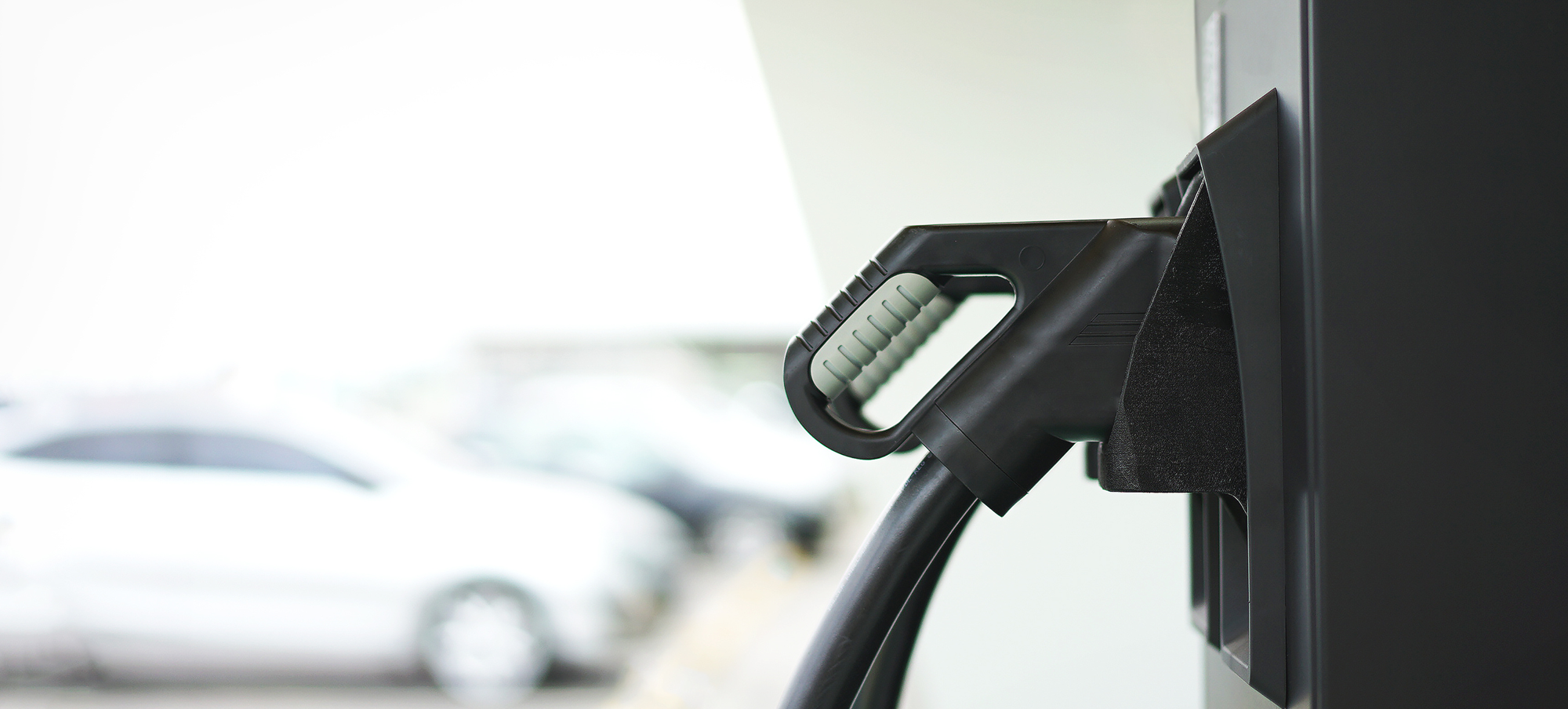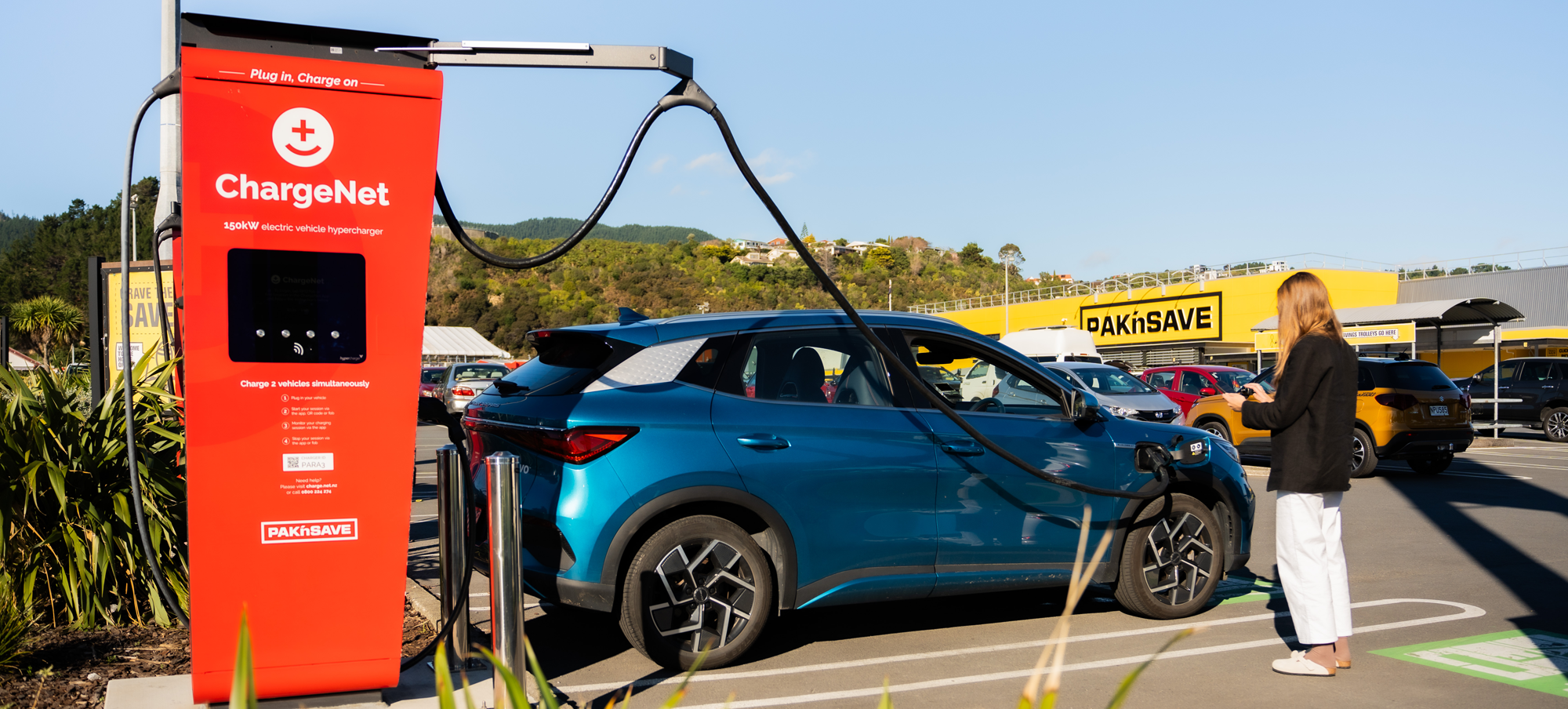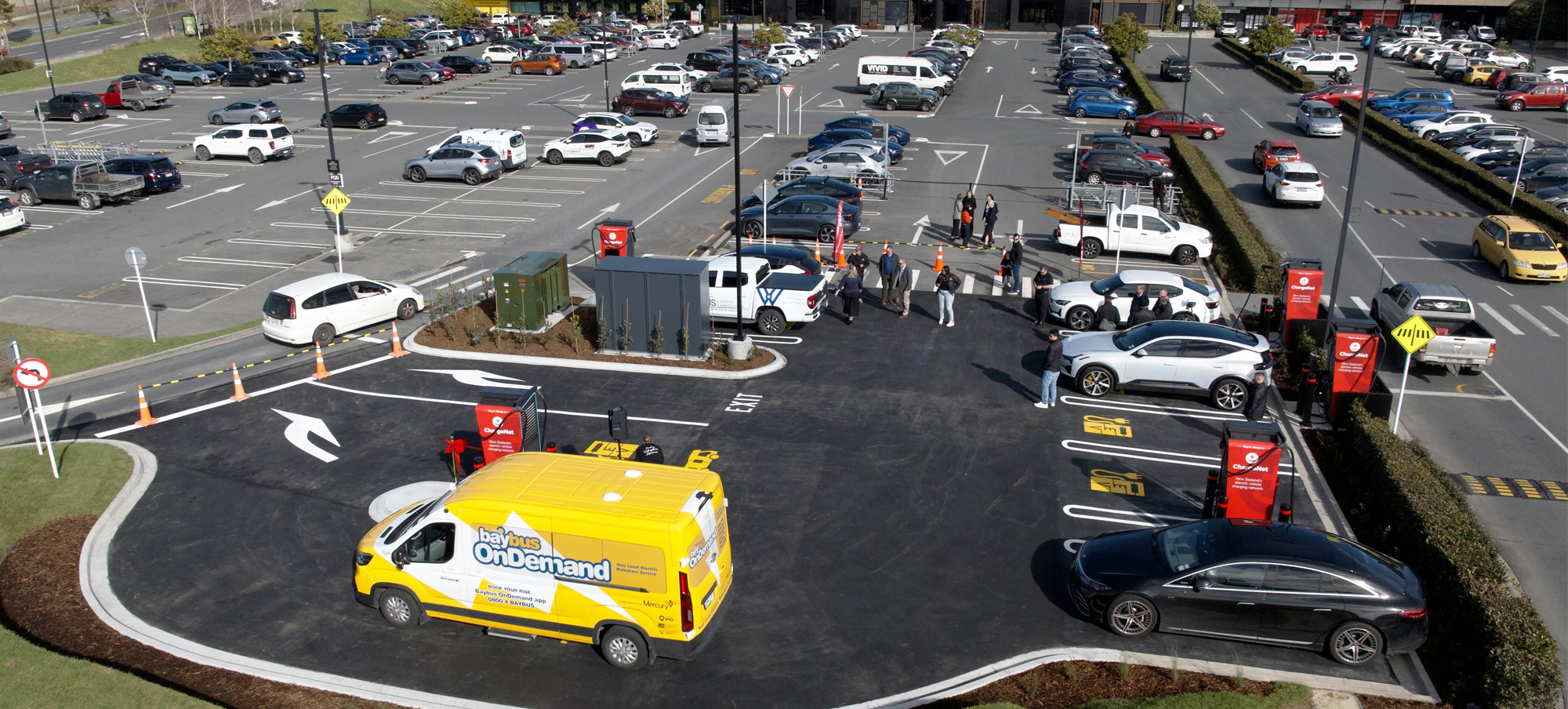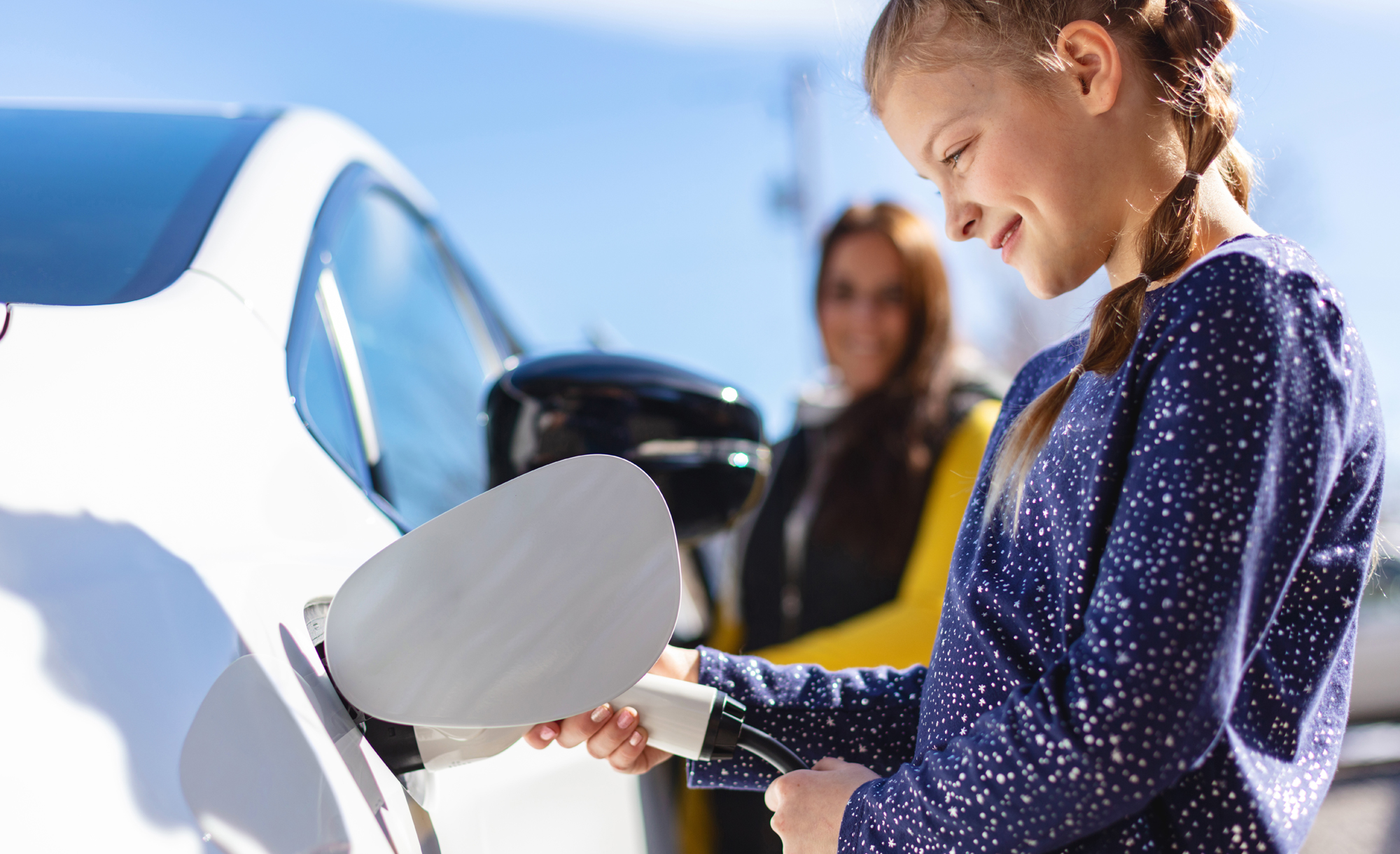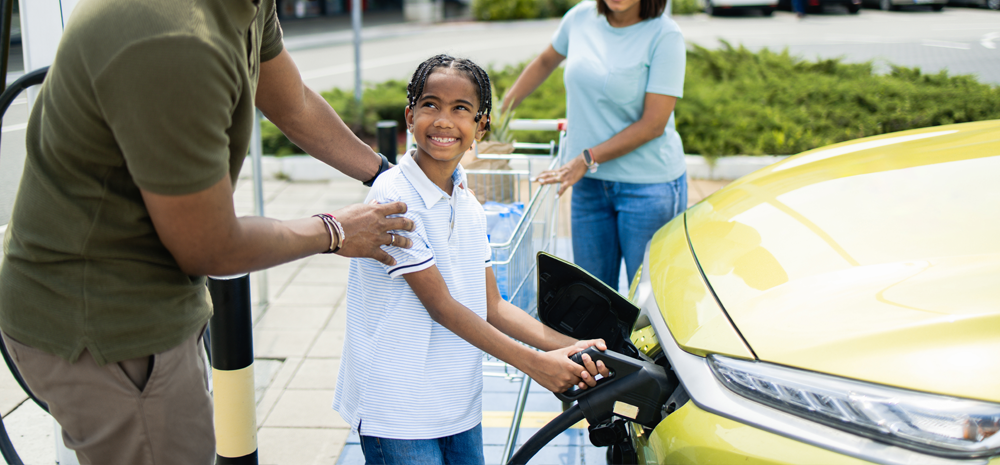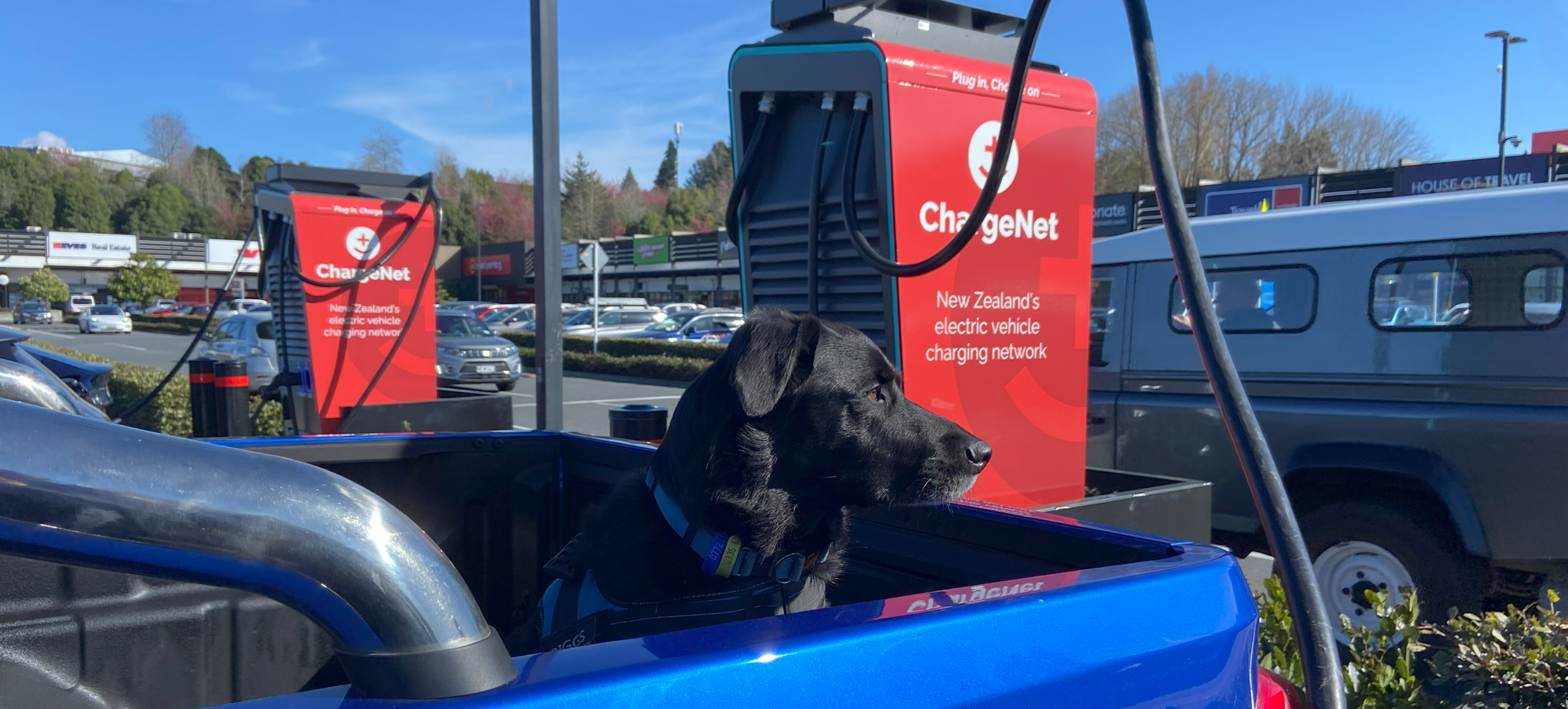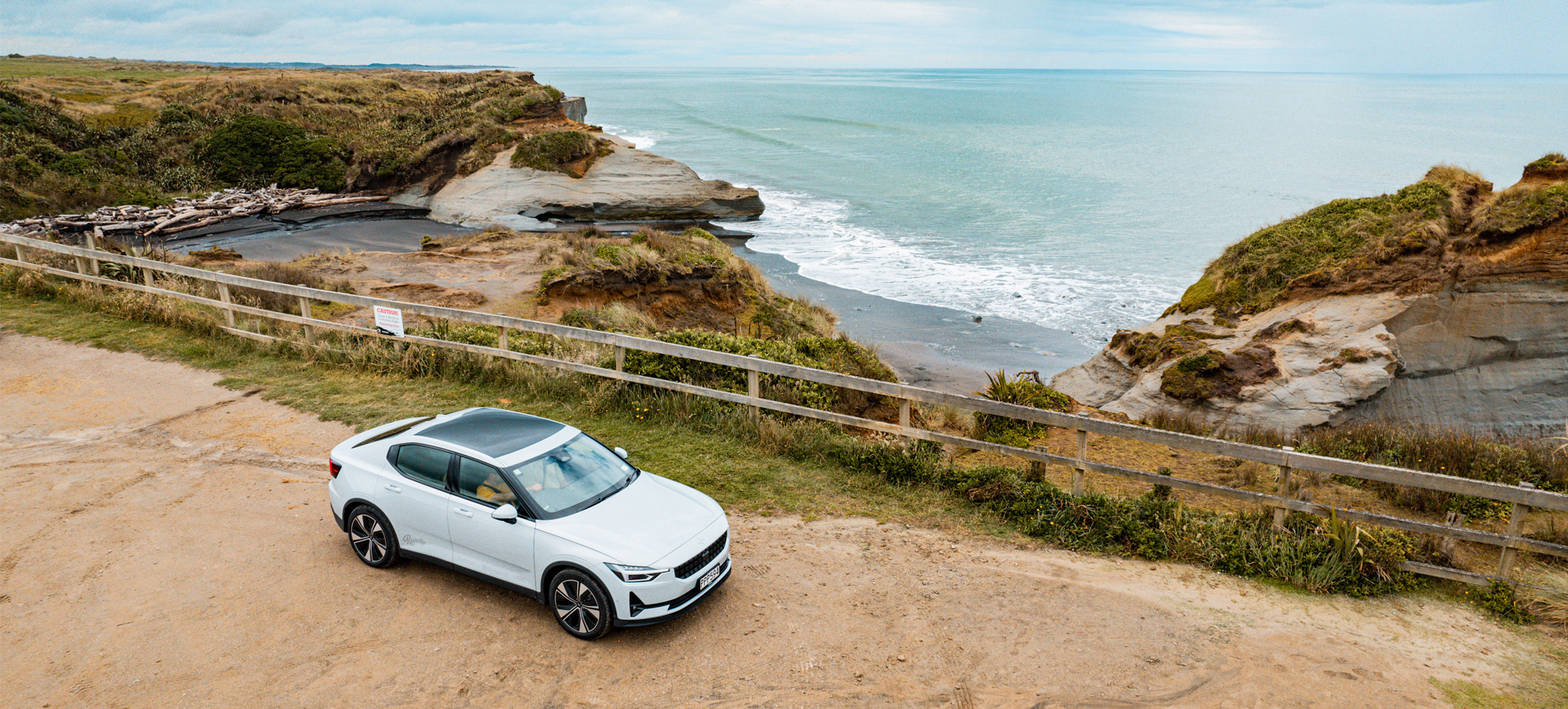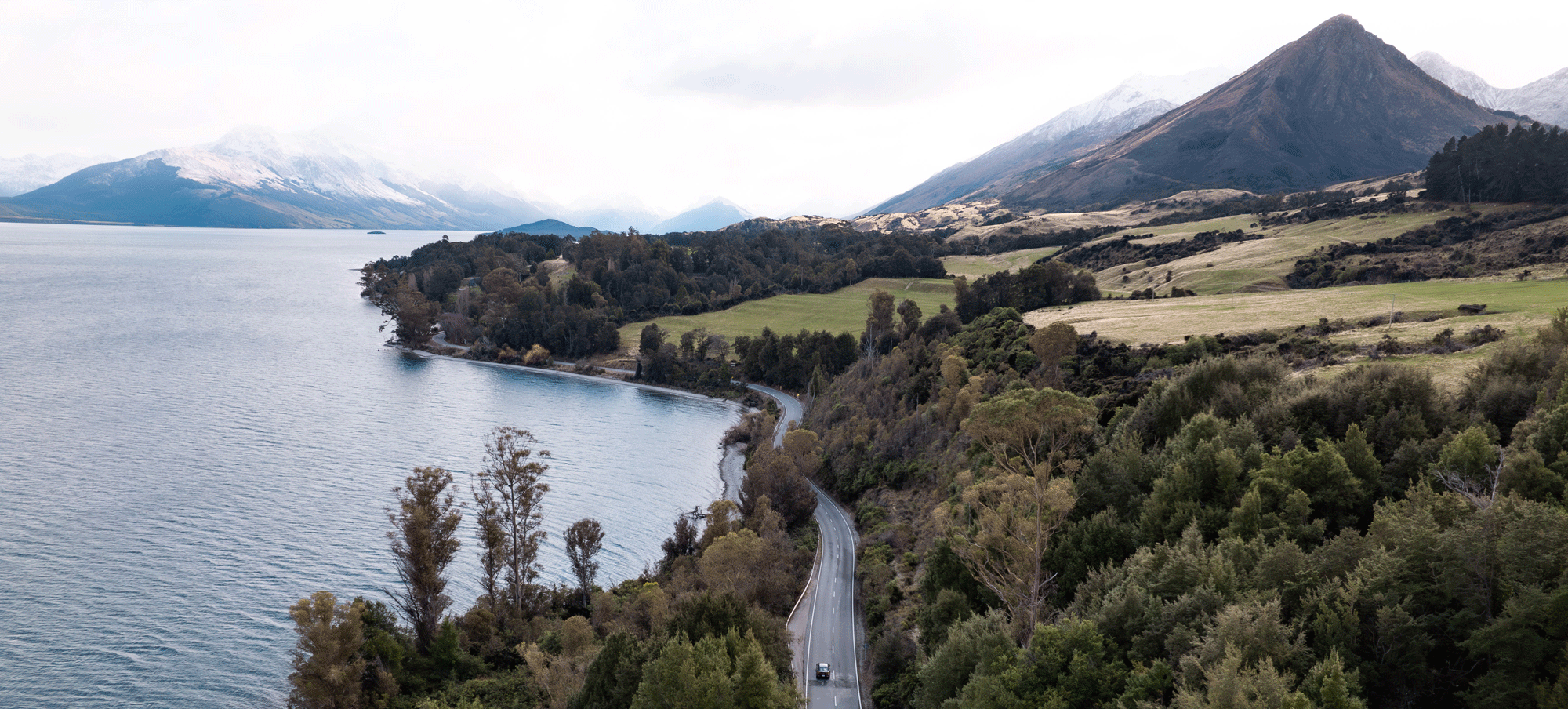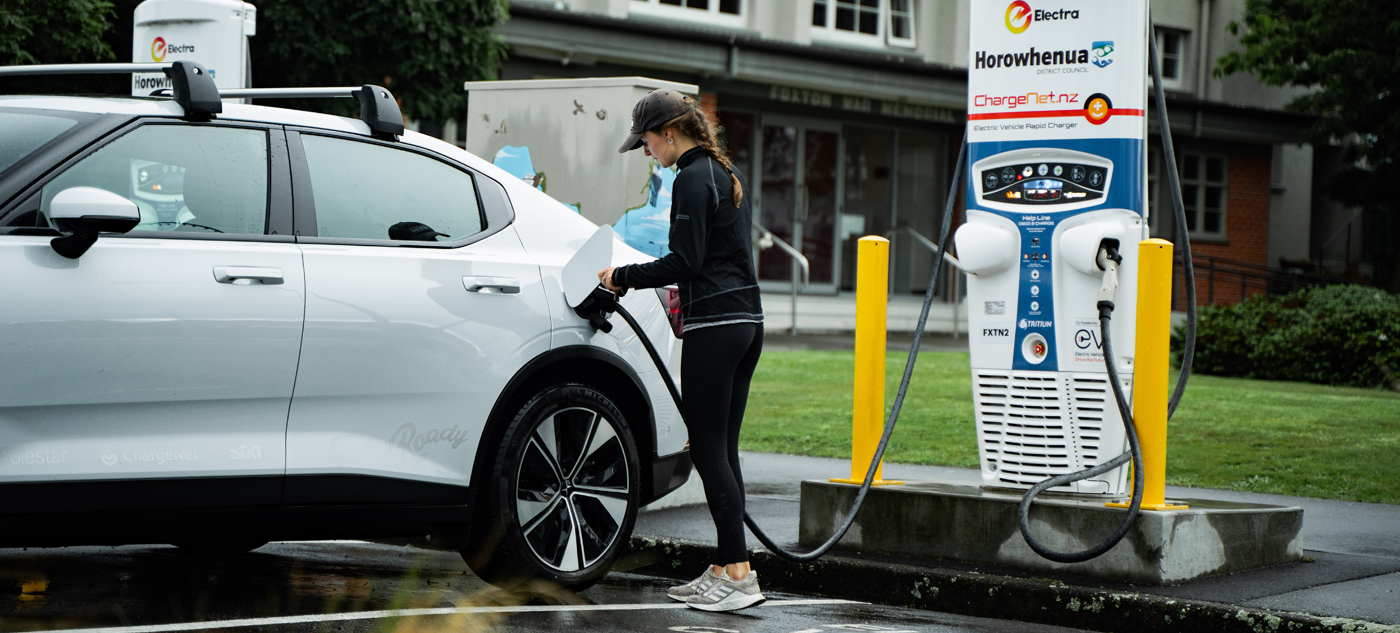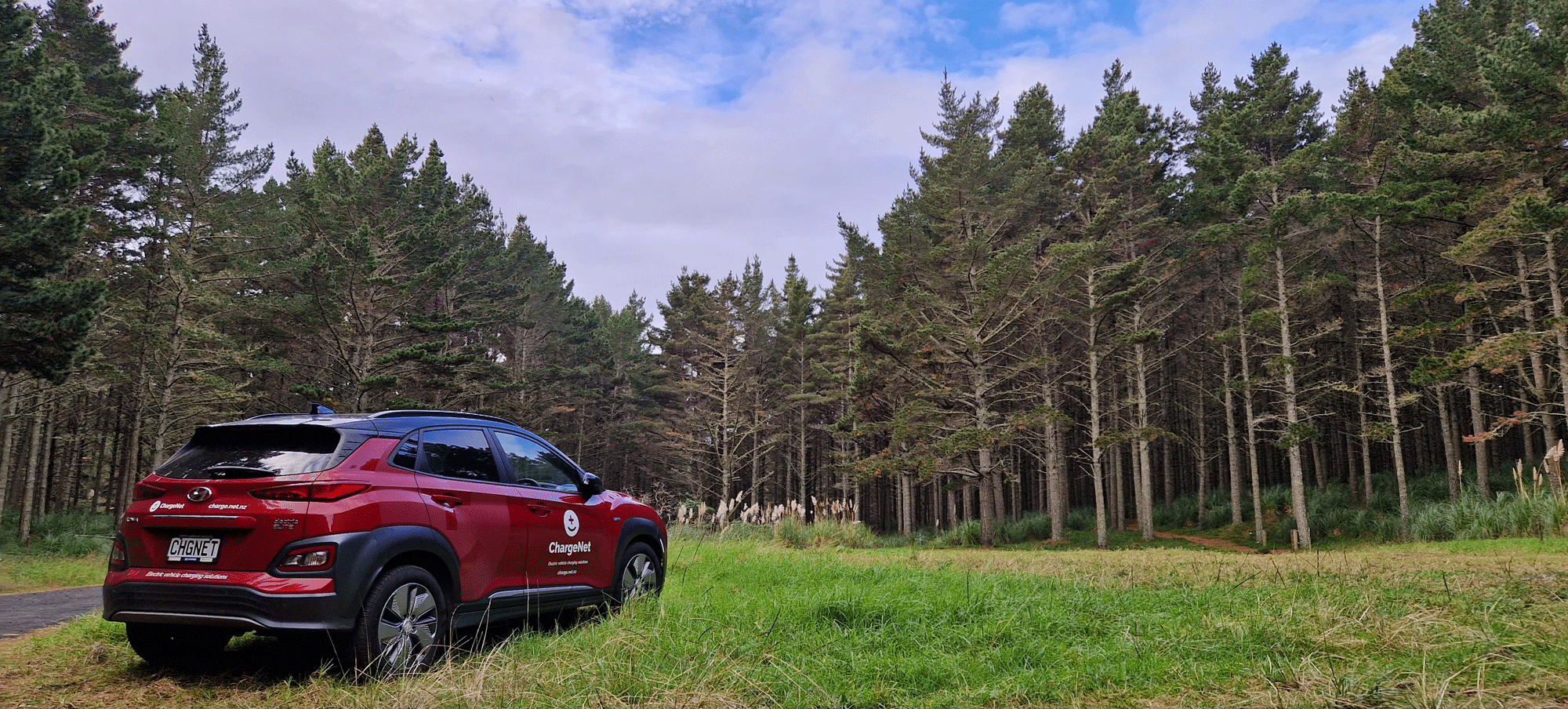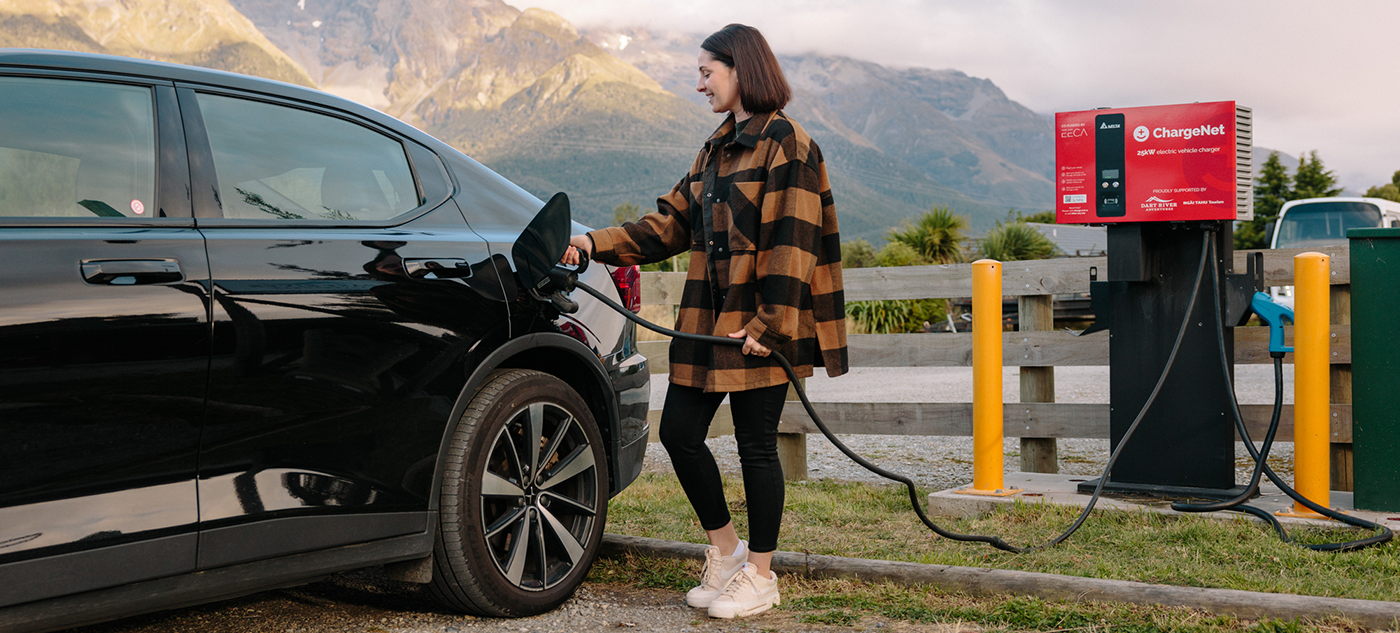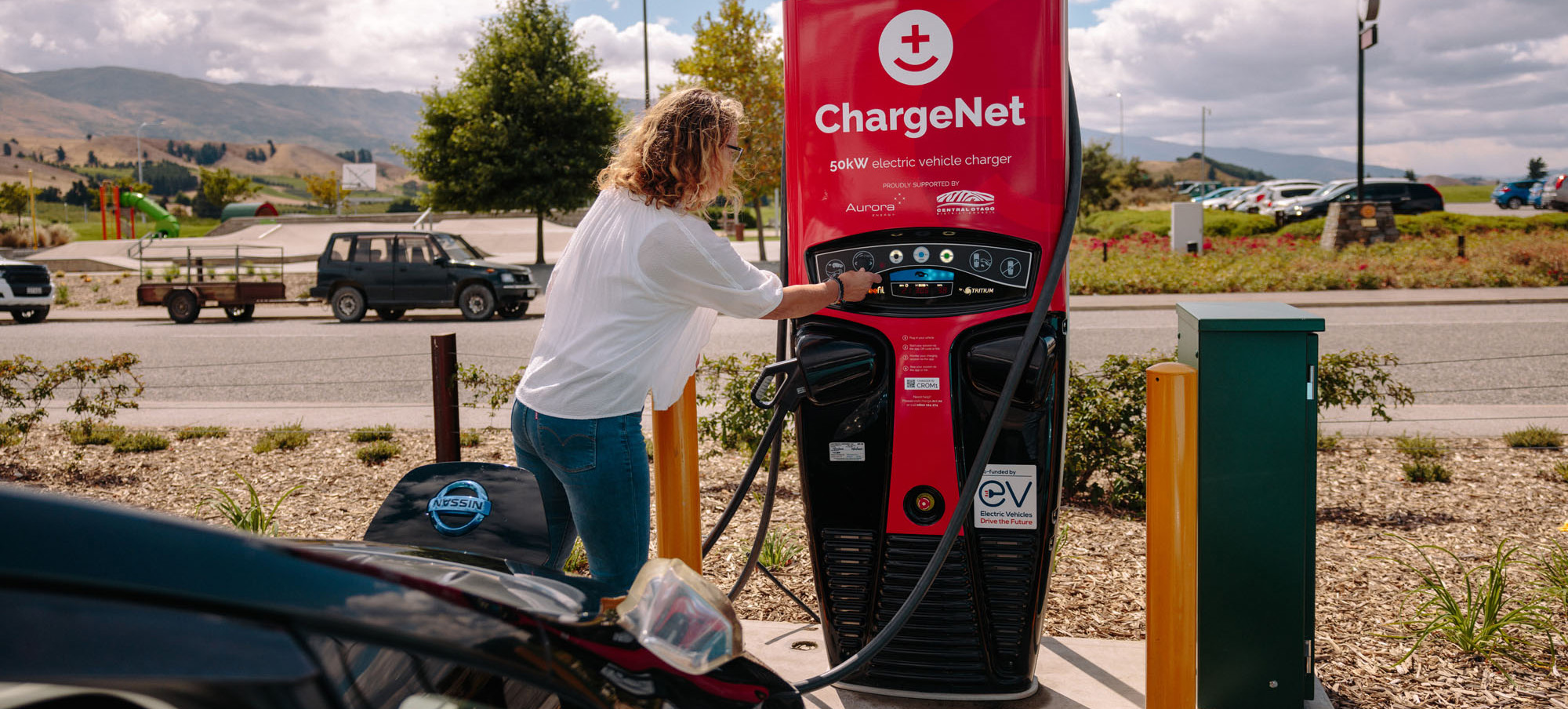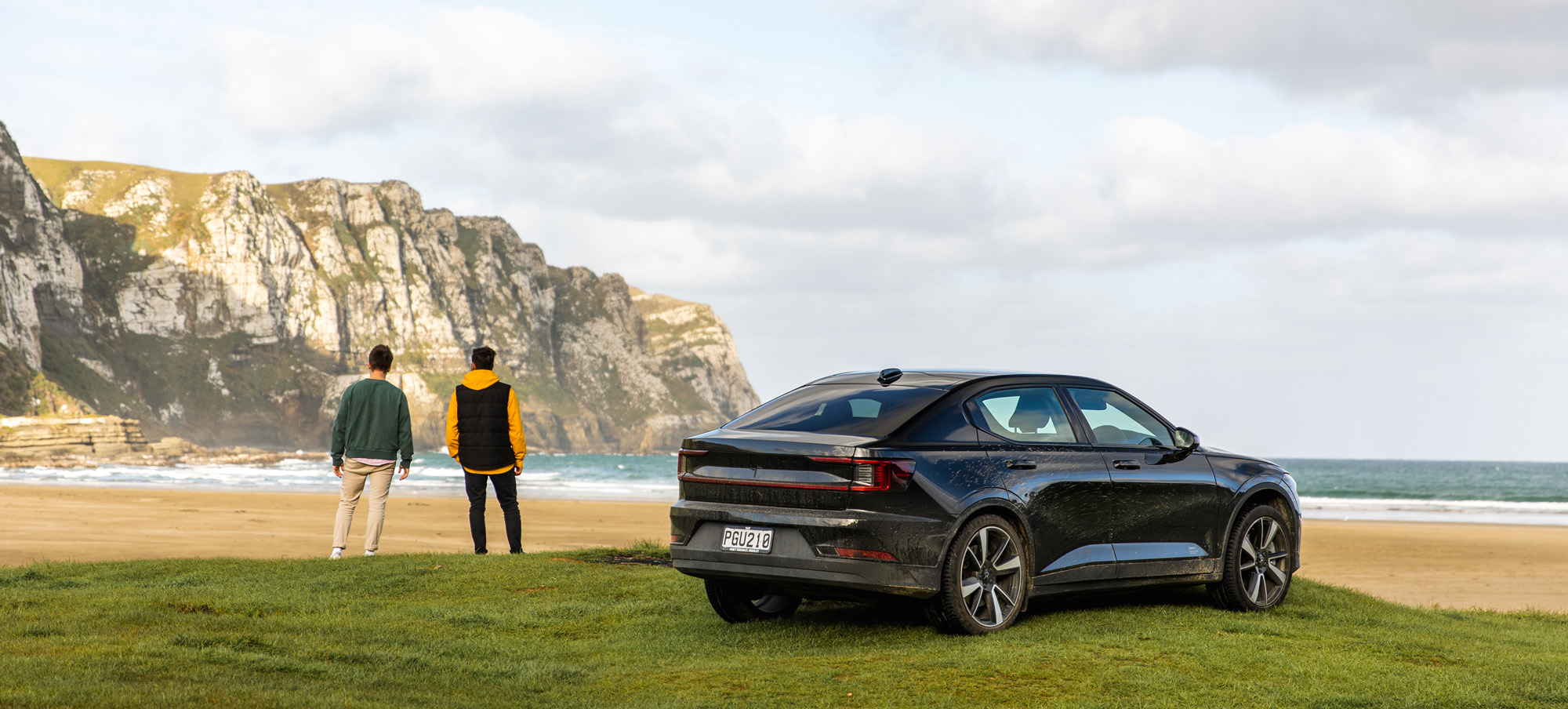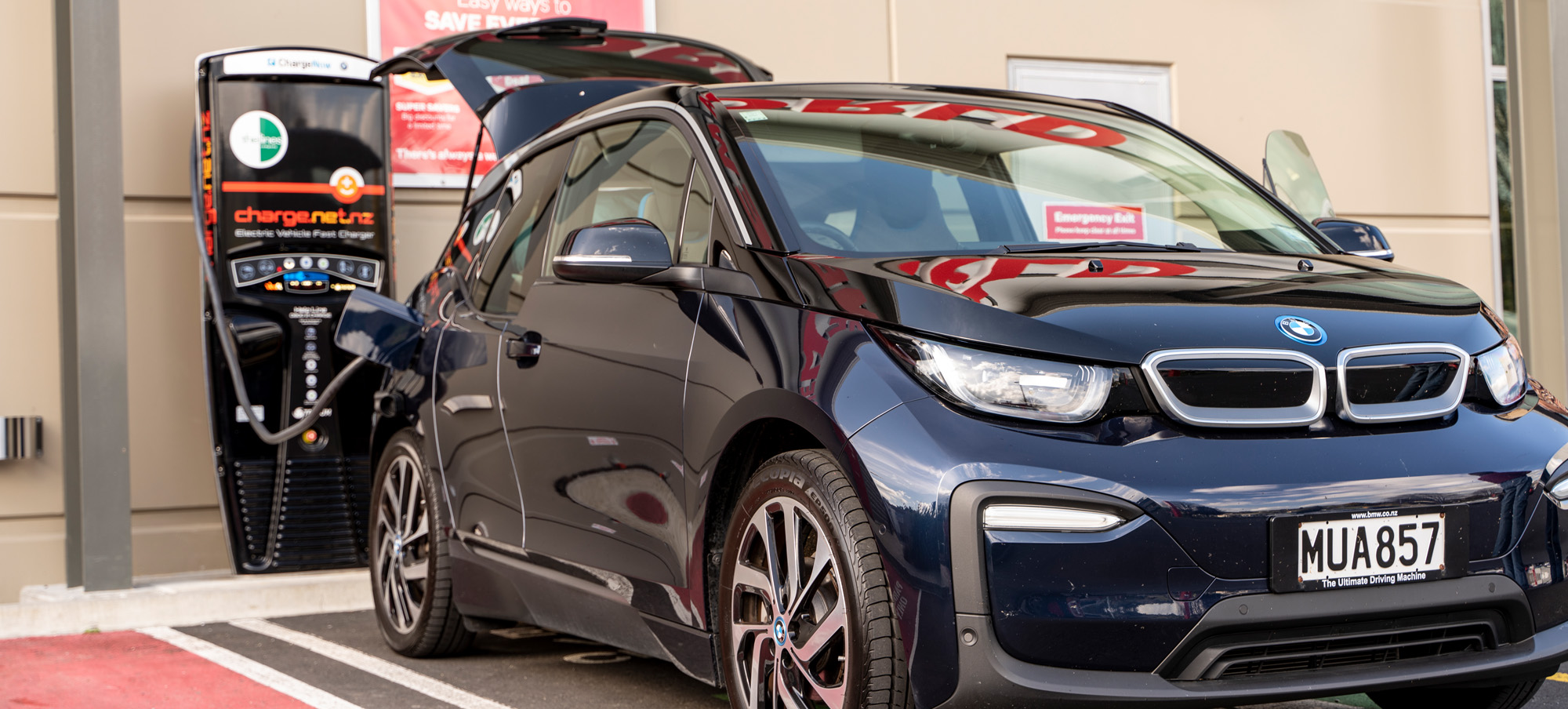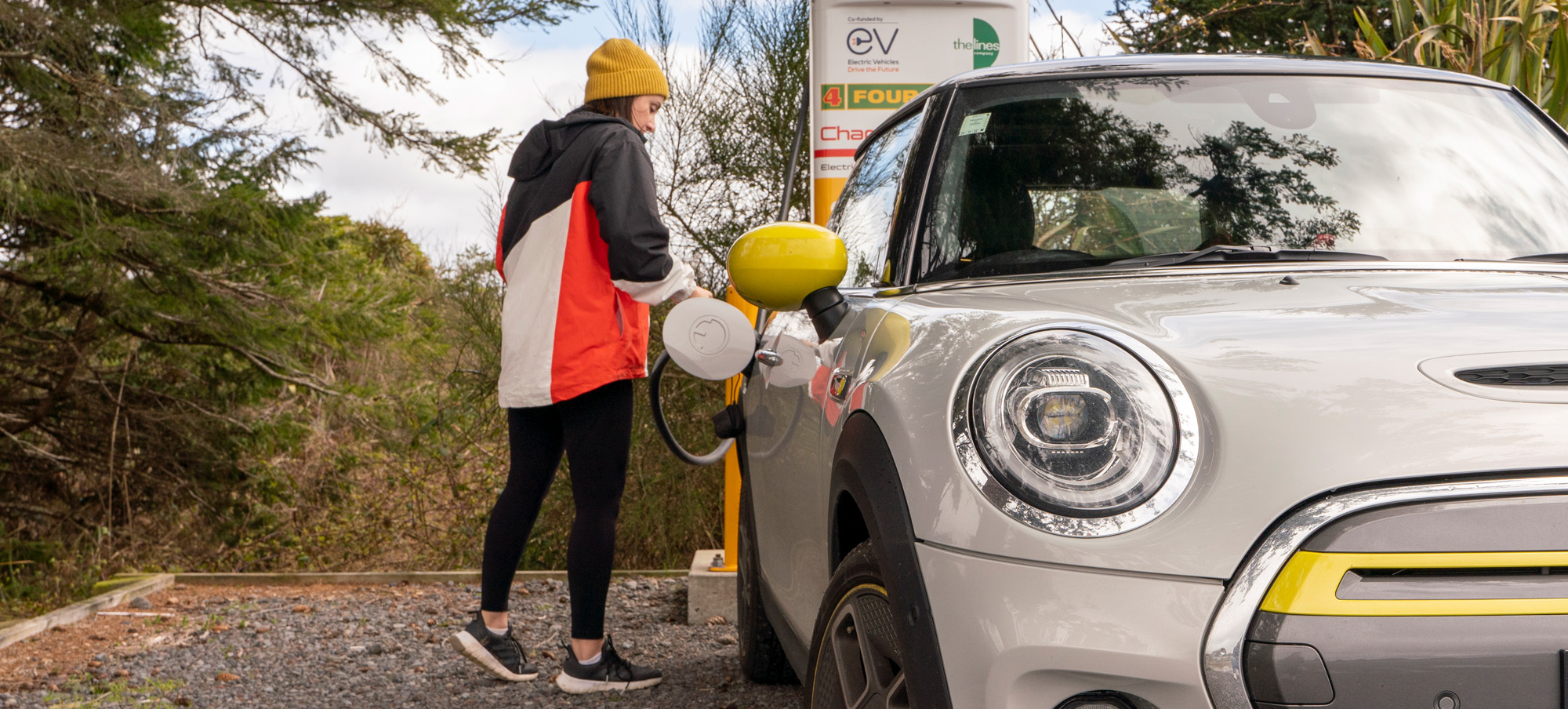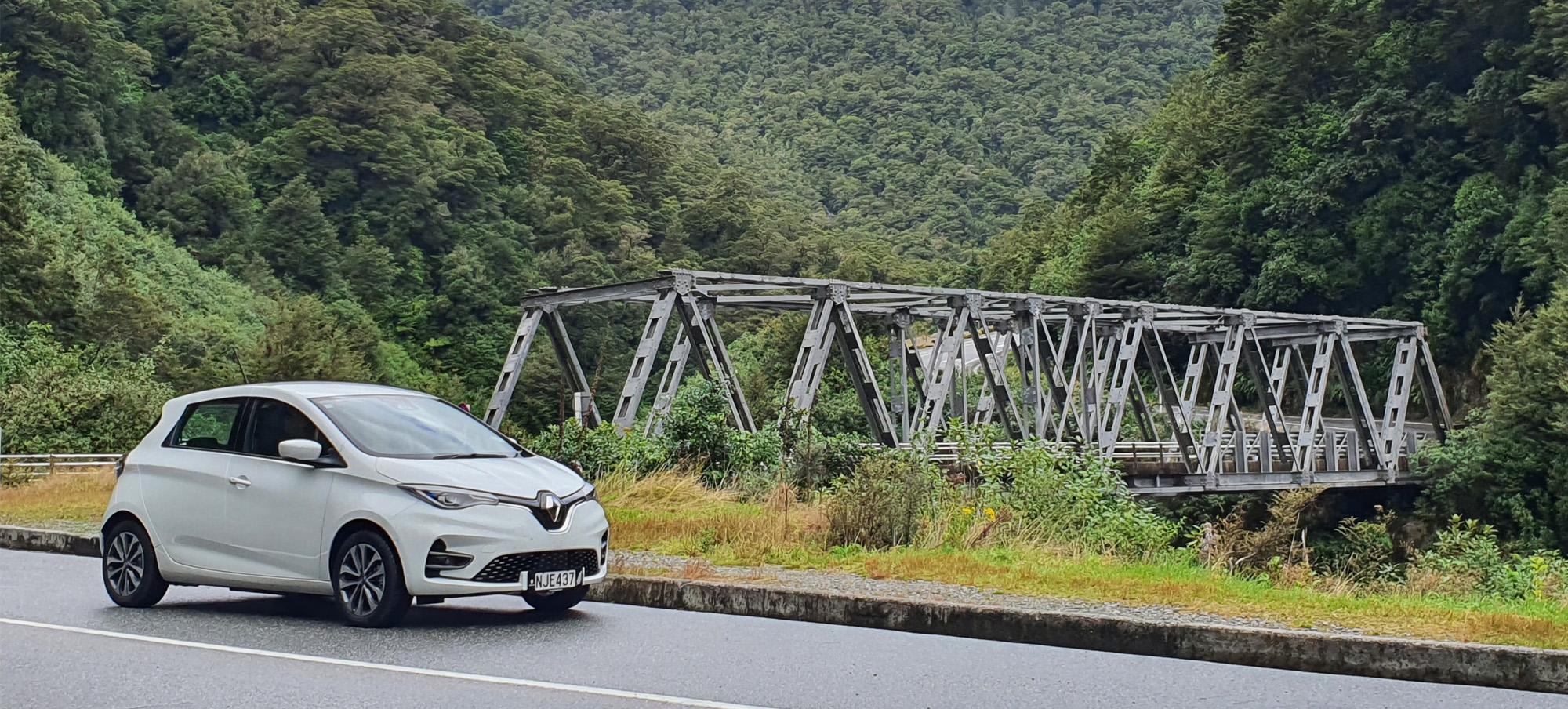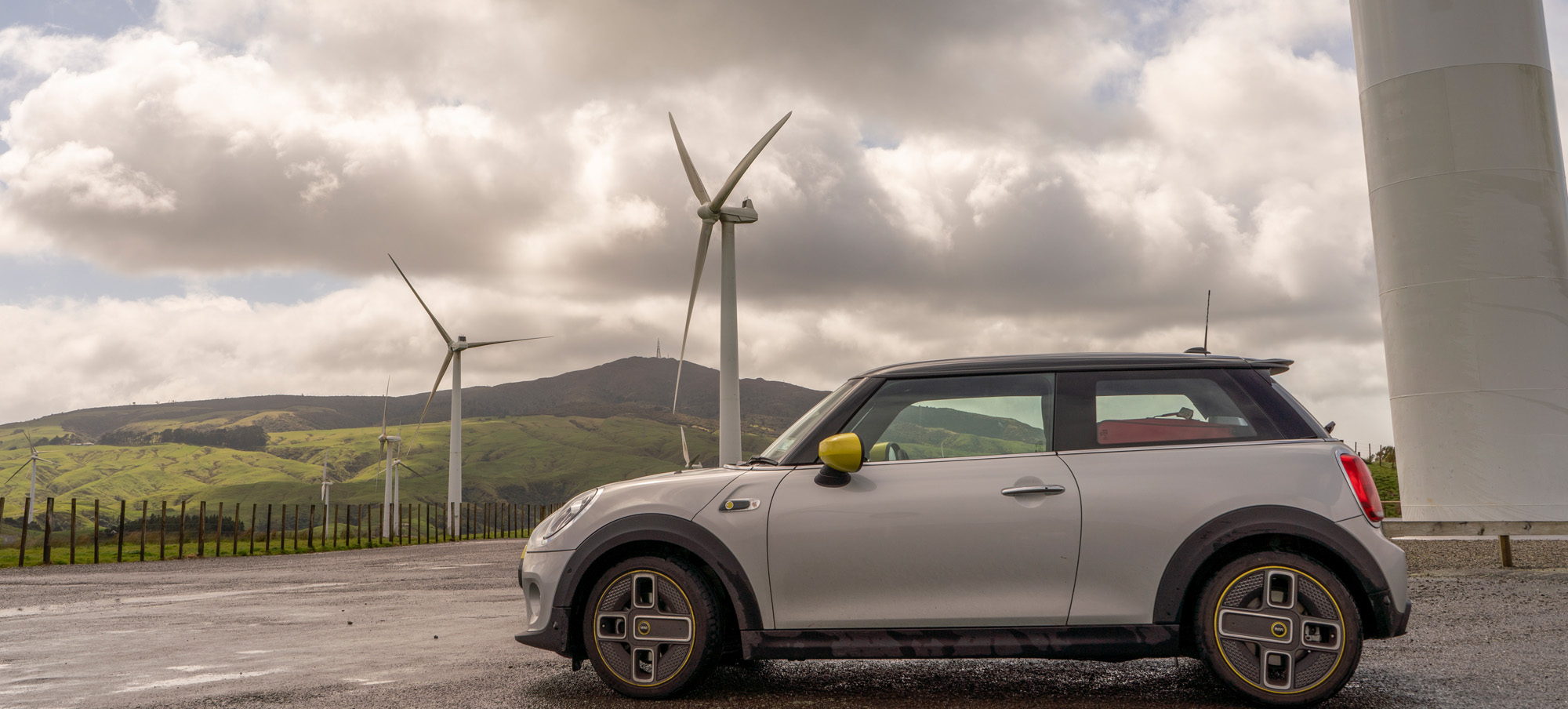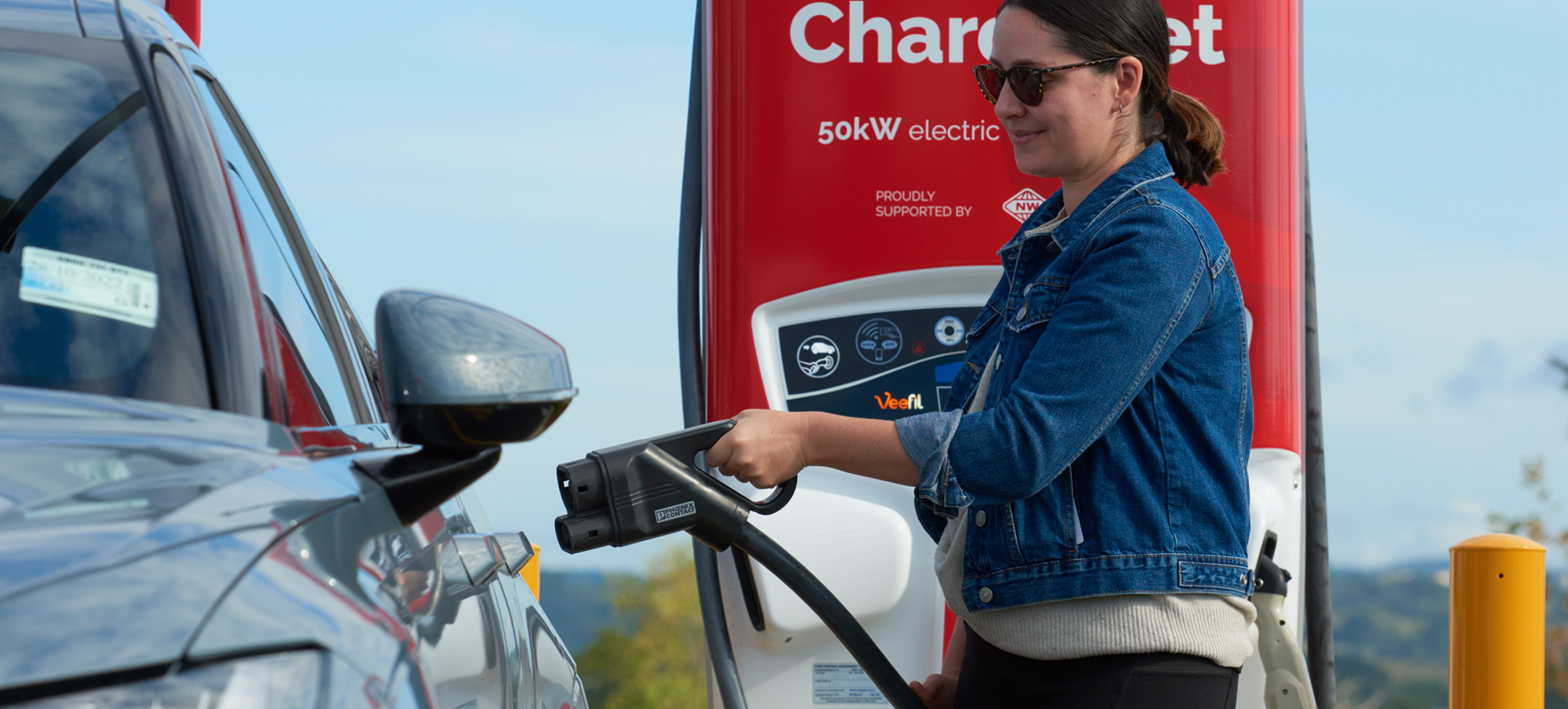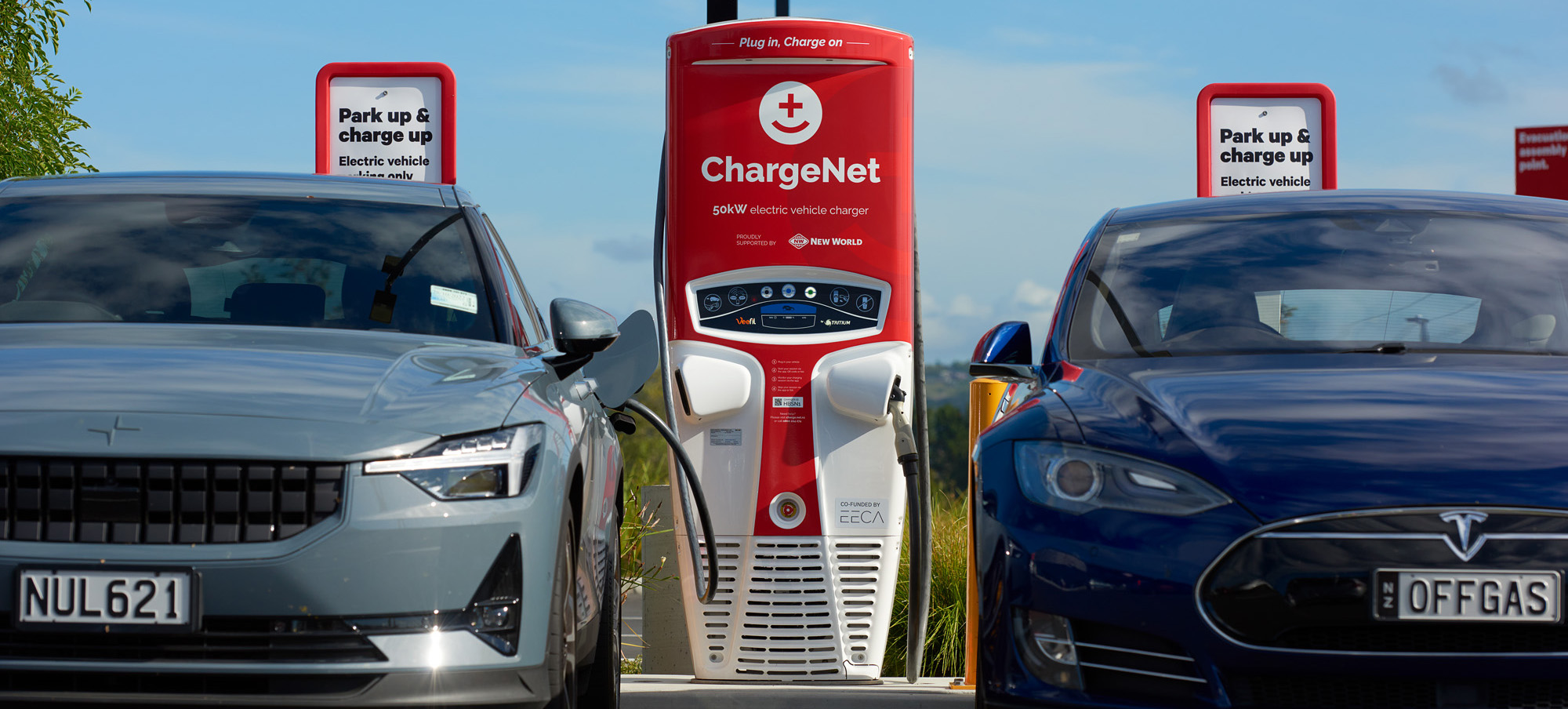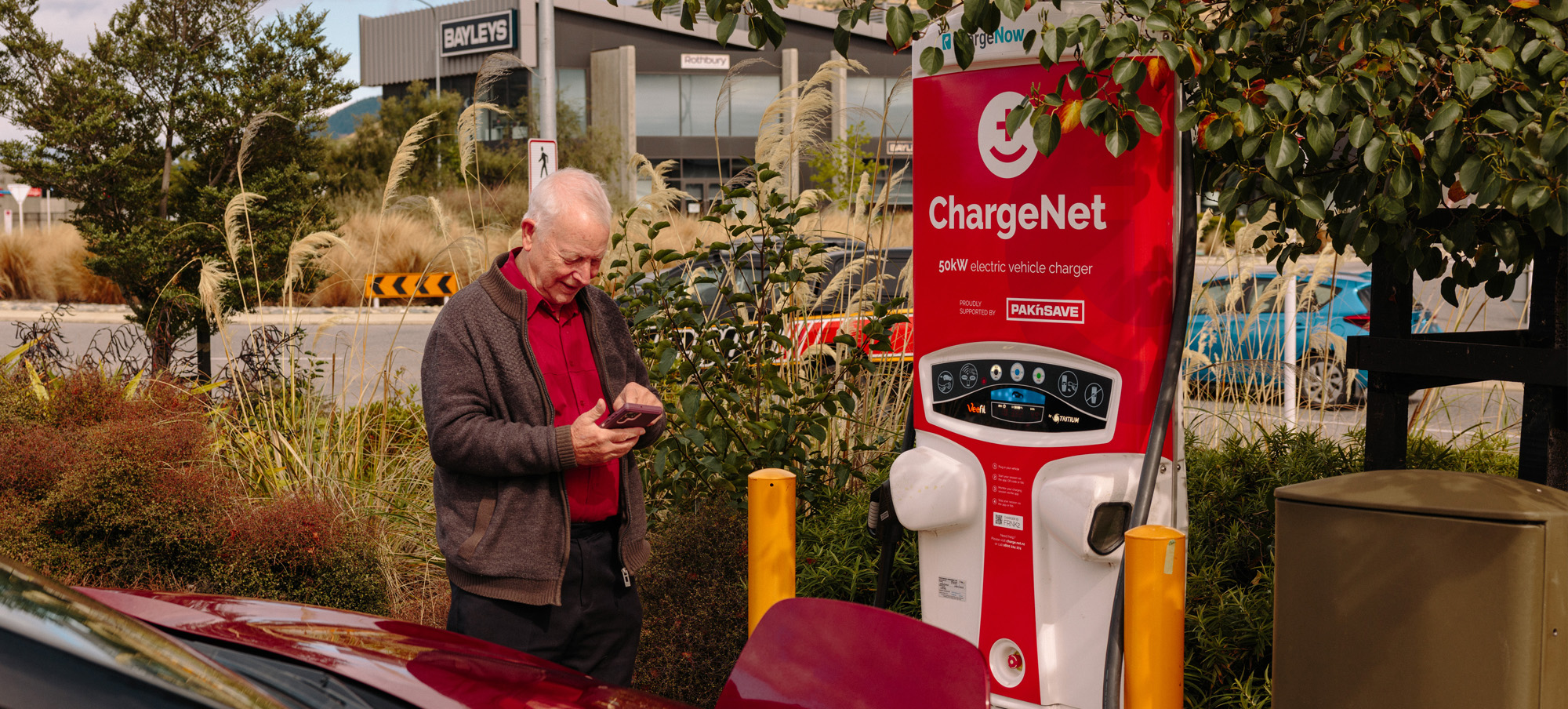

Are you ready to hit the open road the summer? Whether you’re heading into the mountains, following the coast, or discovering hidden gems across the country, you can explore Aotearoa in a quieter, cleaner, and more affordable way in an EV.
We’ve compiled 10 tips to help you plan a successful and stress-free road trip in your EV. You’ll save on fuel costs, reduce your carbon emissions, and enjoy a comfortable driving experience through our beautiful country.
From planning your route and packing essentials to helpful EV apps and understanding etiquette, we’ve got you covered.
So, buckle up, charge your battery, and get ready to hit the road!
1. Plan your trip
Map out your journey with charging locations in mind. While EV charging may take a little longer than filling up with petrol, many chargers are close to amenities like cafés, supermarkets, rest stops, and parks. Making it easy to recharge yourself at the same time.
Before heading out on unfamiliar roads, check where the closest public chargers are and how long you may need to stop. Route-planning apps can help you find convenient charging stops along the way.
2. Shorter charging sessions are often better
You don’t always need to charge to 100%. Topping up more frequently can get you back on the road faster, and the final 20% of a charge is the slowest part. Short breaks are perfect for grabbing food, stretching, and enjoying the journey.
3. Charge up where you’re staying
Consider accommodation with EV charging available. Overnight charging helps you start each day with plenty of range. Camping grounds and motels are increasingly offering charging options too. As a backup, travel with your portable charging cable and always make sure to check with your host or accommodation reception staff before plugging in.
4. Download useful EV apps to plan your trip
Apps help you avoid surprises and keep your journey running smoothly. Good map and weather apps are a must-have for your trip. With these apps, you can plan your route, check for detours, and see real-time traffic conditions.
Here are a couple of our favourite apps:
- ChargeNet App: to access New Zealand’s largest nationwide network of fast chargers and choose the right stop each time.
- Plugshare: View public charging options and community updates on charger availability.
- Route planning apps, like A Better Routeplanner, can help optimise charging stops along your journey.
5. Check the ChargeNet app before you hit the road
For a smooth charging experience, use the ChargeNet app to:
- Find charging locations
- See real-time charger availability, number of charging points and max charging speed at a glance on the map.
- Filter by availability, plug type, or charger speed to find the site you need, then get directions straight there.
- Monitor your charging session and get notified when it’s time to hit the road again.
- Ensure your payment details are up to date
6. Remember EV Etiquette
A few tips on considerate charging:
- Only park in EV charging bays if you’re charging.
- Only unplug another vehicle if you have been given permission from the vehicle’s driver.
- Return to your vehicle before your session ends.
- Treat charging cables and equipment with care and report any issues.
You can check out our full EV charging etiquette guide here.
7. Have a plan B for where to charge
Popular holiday regions can be busier at certain times of the year. By identifying a secondary charging location in advance, you can keep moving if your first option is busy or unavailable. Charging outside peak travel hours especially midday during summer can help avoid queues.
8. Pack your portable 3-pin cable and type 2 cable as back up
Portable charging options give you flexibility if plans change. Type 2 cables are especially useful for AC charging at accommodation locations.
Learn more troubleshooting tips for when you’re on the road here.
9. Explore the range of available charging options
Charging speed depends on the type of charger and your EV’s capability. Here’s a refresher:
- AC charging: Ideal when you plan to stay a bit longer (home, accommodation, public carparks)
- DC fast charging: The quickest way to top up when you’re on the move (ChargeNet specialty!)
A mix of both can help you balance efficiency and convenience. Find a fast charger here.
10. Understand your EV
Before you leave, get familiar with:
- Your EV’s estimated range
- How speed, temperature, hills, and heating or cooling will affect efficiency
- Your vehicle’s maximum charge rate
Every EV is different. A little knowledge goes a long way to making your trip easier and more enjoyable.
Ready to hit the road? Plan confidently, enjoy the journey, and discover more of Aotearoa one charge at a time. Start your journey here.

